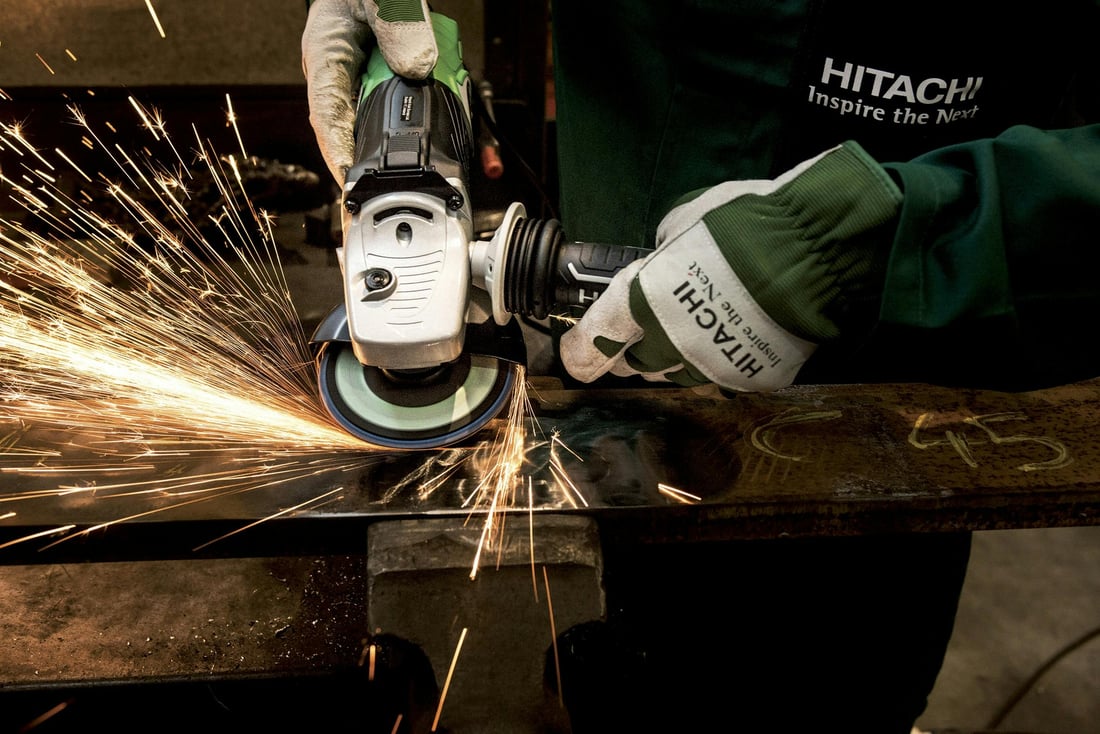Power tools inspection is a crucial process that involves examining various power tools to ensure they are in proper working condition. This inspection is necessary to prevent accidents, ensure efficient performance, and prolong the lifespan of the tools.
Benefits of Regular Inspection
Regular inspection of power tools can help detect any potential issues early on, allowing for timely repairs or maintenance. This can prevent costly breakdowns and prolong the overall lifespan of the tools, ultimately saving time and money for the user.
Components of Inspection
During a power tools inspection, various components are thoroughly examined, including the power source, cords, wiring, switches, blades, and safety features. Any signs of wear and tear, damage, or malfunction are noted for further action.
Frequency of Inspection
The frequency of power tools inspection will depend on the type of tool, its usage, and the environment in which it is used. Generally, tools that are used frequently or in harsh conditions may require more frequent inspections compared to tools that are used occasionally.
DIY vs Professional Inspection
While DIY inspection can be done by users themselves, it is recommended to have power tools inspected by a professional at least once a year. Professionals have the expertise to identify potential issues that may go unnoticed during a DIY inspection, ensuring thorough safety and performance standards are met.
Common Inspection Checklist
A common inspection checklist for power tools may include checking for frayed cords, loose parts, proper functioning of switches, sharpness of blades, lubrication of moving parts, and overall cleanliness of the tool. Following a checklist can help ensure a comprehensive inspection process.
Tools for Inspection
Various tools can be used during a power tools inspection, such as multimeters for checking electrical components, visual inspection tools for identifying physical damage, and lubricants for maintaining moving parts. Having the right tools for inspection is essential for accurate assessment.
Importance of Safety
Safety is paramount during a power tools inspection. It is crucial to follow safety guidelines, wear appropriate protective gear, and disconnect tools from power sources before inspection. Prioritizing safety can prevent accidents and injuries during the inspection process.
Training for Inspection
Proper training is essential for individuals conducting power tools inspection. Training can help improve knowledge on different types of tools, inspection techniques, safety protocols, and maintenance practices. Continuous learning and skill development are key for effective inspection procedures.
Conclusion
In conclusion, power tools inspection is a vital process that ensures the safety, efficiency, and longevity of power tools. By conducting regular inspections, following safety protocols, and seeking professional help when needed, users can maintain their tools in top condition and maximize their performance.
Quote Inquiry
Contact us!

